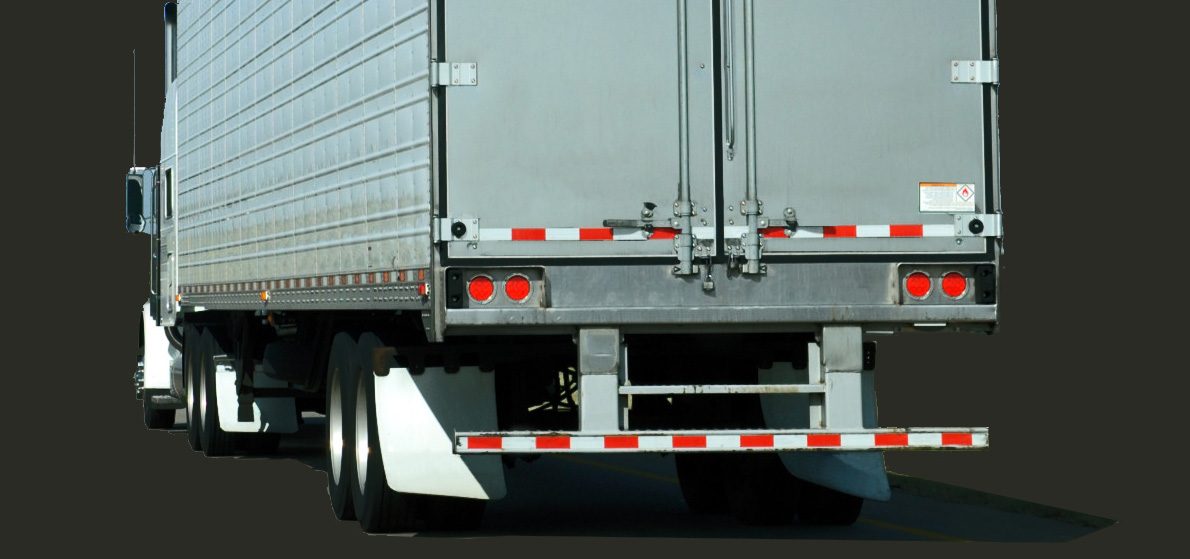Mansfield Bar: Enhancing Safety on Semi-Truck Trailers
The Mansfield Bar, also known as an underride guard, is a critical safety feature on semi-truck trailers designed to prevent passenger vehicles from sliding underneath in the event of a rear-end collision. This article delves into the history, design, and importance of the Mansfield Bar, focusing particularly on the reflective tape that enhances its visibility and saves lives.
The Origin and Purpose of the Mansfield Bar
The Mansfield Bar is named after the tragic accident that claimed the life of actress Jayne Mansfield in 1967. Mansfield and her companions were in a car that collided with the rear of a semi-truck, causing the car to slide underneath the trailer. This type of accident, known as an underride collision, often results in severe injuries or fatalities due to the intrusion of the trailer into the passenger compartment of the car.
In response to this and similar accidents, regulations were established requiring the installation of underride guards on the rear of semi-truck trailers. Regulations requiring an Under Ride Bar or Mansfield Bar were fully implemented in 1998, with the primary purpose of the Mansfield Bar being to prevent under ride collisions by providing a barrier that stops the passenger vehicle from sliding underneath the trailer.
Design and Construction of the Mansfield Bar
The Mansfield Bar is typically a horizontal bar mounted on the rear of the trailer, positioned at a height that aligns with the bumper of most passenger vehicles. It is constructed from high-strength steel or aluminum to withstand significant impact forces. The bar is designed to absorb and dissipate energy during a collision, thereby reducing the severity of injuries to occupants of the passenger vehicle.
Reflective Tape: Enhancing Visibility and Safety
To further enhance the safety of the Mansfield Bar, regulations mandate the use of reflective tape on its surface. This tape plays a crucial role in increasing the visibility of the trailer, especially in low-light conditions, thereby reducing the likelihood of rear-end collisions. The reflective tape treatment is effective in alerting oncoming drivers to the presence of the truck and, in most cases, preventing a collision from ever occurring. In cases where a collision does occur, the advanced alert from the bright tape often gives a driver time to hit their brakes and slow down before impact. It should be noted that in high-speed collisions with the rear of a semi-truck equipped with a Mansfield Bar, fatalities do often occur, since the bar can collapse or penetrate the hood area of a car if enough speed is present.
Types of Reflective Tape
The reflective tape used on Mansfield Bars must meet specific standards to ensure optimal performance. The most commonly used type is certified DOT C2 reflective tape, which is characterized by its high-intensity reflectivity and durability. DOT C2 tape is typically red and white in color, arranged in a block pattern that enhances visibility.
Application and Placement
The reflective tape must be applied in a continuous horizontal band along the length of the Mansfield Bar. Additionally, a second band of tape is often placed above the bar on the lower edge of the trailer. This dual-band configuration ensures that the trailer is visible from a distance and at various angles.
Benefits of Reflective Tape and Mansfield Bars
- Enhanced Visibility: The reflective tape significantly improves the visibility of the trailer during nighttime or in poor weather conditions. This increased visibility alerts drivers of approaching vehicles to the presence of the trailer, giving them more time to react and avoid a collision. Retro Reflective Tape on the Mansfield Bar is especially effective since it sits lower and reflects low-sitting car headlights better than higher positioned reflective tape.
- Accident Prevention: By making the trailer more conspicuous, reflective tape helps prevent rear-end collisions, which are among the most severe types of accidents involving semi-trucks.
- Impact Energy Reduction: Often, because of the position of the bar down low and the reflective tape installed on the bar, cars can slow down before impact, thereby reducing the severity of the collision.
- Regulatory Compliance: The use of reflective tape on Mansfield Bars is a legal requirement in many countries, ensuring that trailers meet safety standards and are less likely to be involved in accidents.
Case Studies and Statistics
Numerous studies have demonstrated the effectiveness of both the Mansfield Bar and reflective tape in reducing accidents or the severity of accidents involving semi-truck trailers. In the case of low to moderate speed impacts, the Mansfield Bar can stop the progress of a vehicle before the body of the truck reaches the passenger compartment. A study by the National Highway Traffic Safety Administration (NHTSA) found that trailers equipped with reflective tape installed on the lower rear of the box and on the underride protection bar experienced a significant reduction in rear-end collisions compared to those without tape. The study concluded that overall, reflective tape on truck sides, the rear, and on Mansfield Bars could reduce the likelihood of such collisions by up to 44%.
Conclusion
The Mansfield Bar, equipped with high-quality reflective tape, is a vital safety feature on semi-truck trailers. By preventing underride collisions and enhancing the visibility of trailers, the Mansfield Bar and its reflective components play a crucial role in protecting the lives of motorists. Compliance with reflective tape regulations not only ensures the safety of road users but also demonstrates the commitment of the trucking industry to maintaining high safety standards.
For more information on the Mansfield Bar and reflective tape requirements, please visit www.tapefinder.com.
